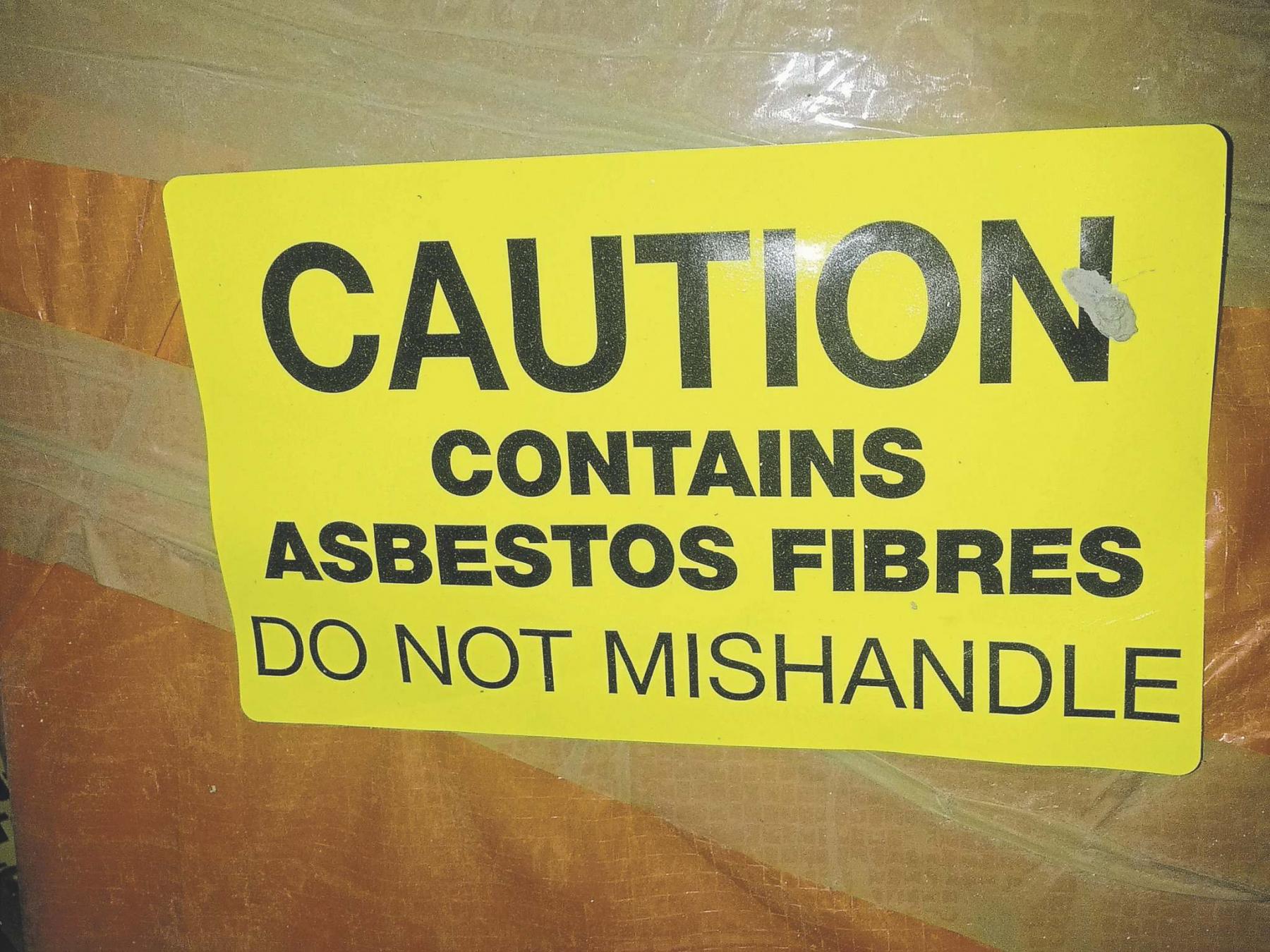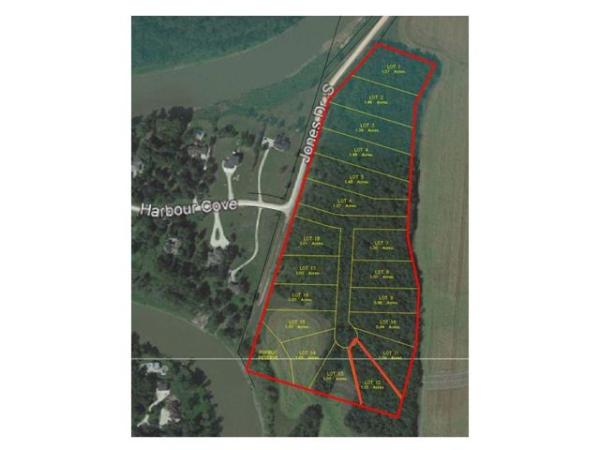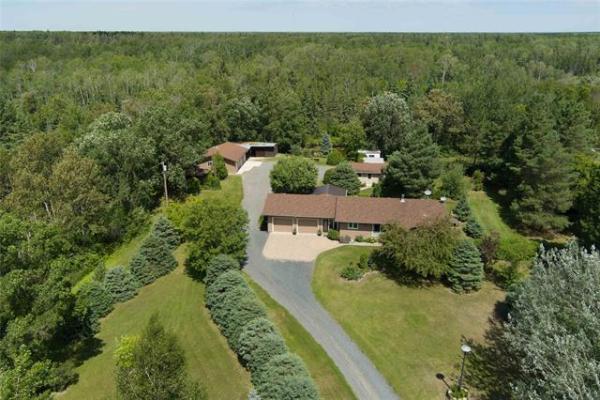Question: I am looking for some suggestions on how to deal with a popcorn ceiling that contains asbestos. The ceiling is in my kids’ playroom and when they bounce balls, they often hit the ceiling. I believe the options are total removal, covering up with drywall or painting. I am wondering what you think is a good solution? Also, if we go the painting route, what type of paint job would be ideal to encapsulate the ceiling? Also, would we need to hire a specialized painting company to do the job, to ensure that the asbestos is in fact encapsulated and not disturbed in the process?
Thanks for your guidance! — Josh
Answer: Both ways, removal or encapsulation, are acceptable methods for remediation of asbestos-containing building materials in a home. Deciding upon which is best for you depends on your comfort level, affordability and durability, among other factors. You will have to weigh these carefully before you decide on the best option for your specific situation.
Asbestos is present in many building materials of past eras. It seems we are discovering more every year, and municipal building officials are addressing these concerns as they arise. The presence of these hazardous fibres has been known for many years in some stipple ceilings, but can vary considerably between types, ages and manufacturers. Other similar products, like drywall compounds, have more recently been discovered to have significant asbestos levels, as well. In many cases, there is little concern or urgency as long as the material stays intact and does not deteriorate. With stipple ceiling products, however, it may be more concerning than with other common building materials.
Because stipple ceiling materials were often applied by spraying onto a plaster or drywall ceiling surface, they have a tendency to be poorly secured. They can easily become dislodged by scraping, banging or with excessive air movement. If they remain well adhered to the ceiling substrate, there is little to worry about. But, if they become damaged and come loose, the asbestos fibres contained within could become friable and circulate through the indoor house air. Breathing these in, in large enough quantities, can put the occupants at a much higher risk of serious illness. Mesothelioma and other lung diseases have been directly linked to significant asbestos exposure. This may take decades after prolonged inhalation to occur, but any exposure to asbestos is considered dangerous and should be avoided.
The best solution to prevent exposure to a known asbestos-containing material in your home is to safely remove and properly dispose of it. That will ensure it does not become damaged and the fibres friable and able to enter the lungs of unknowing occupants of your home. Unfortunately, proper removal can be extremely costly, because it has to be done by a trained asbestos remediation contractor whose primary concern is safe removal and disposal. While the offending stipple finish may be easily removed with a common putty knife or scraper, loosening it can expose the entire living area below to asbestos fibres that were previously embedded. Removal will undoubtedly raise the exposure level in the home, so it will have to be protected against this.
In many situations, the portions of the home to be remediated will have to be turned into a hazardous material zone to prevent contamination. All the carpets, walls, doors and other surfaces will have to be covered and later thoroughly cleaned. Often, a system of fans will be set up to direct any stray fibres outdoors, rather than circulate them through the home and heating system. Once complete, indoor air will be tested for asbestos content, and any trace amounts may require a complete re-cleaning to ensure safety for the occupants. All of this is very labour intensive, and quite expensive, due to the high level of safety protocols employed.
Less costly alternatives, as you have suggested, are painting or covering with an additional layer of drywall. Painting may be an option, but only if the stipple is the very rigid, well-adhered type that was manually applied, often by a previous homeowner. That material is much more difficult to remove and tends to stay intact when painted. The light, sprayed-on commercial-grade stipple is not very stable and can easily come loose while being painted with a roller or brush. That can lead to unwanted exposure for the house and should not be attempted, except by a very experienced painter who applies the paint by sprayer. That will likely require a special primer/sealer, followed by one or more coats of high-quality finish.
Covering up the entire ceiling area with another layer of drywall can be a very effective, less costly alternative to removal, but extreme care must be taken not to badly disturb the existing stipple while applying the new sheathing. Once completely covered with new drywall, the ceiling may be taped and painted, ensuring any asbestos fibres are permanently trapped and prevented from entering the living space. This method, as well as the others, are all contingent on the actual presence of asbestos in your ceiling materials, which can only be verified by laboratory testing. Simply assuming it does, or does not, contain the dangerous fibres is not reliable and a physical sample must be tested to verify this. Even a small amount of asbestos in the product, one or two per cent, is still considered significant and may require attention.
The multiple factors involved in your decision to encapsulate or remove asbestos-containing building materials in your home should dictate your response. While removal is the most effective way to prevent contamination of the home and protect the health of the occupants, encapsulation may be a better choice, if it prevents release of currently embedded and safe fibres from contaminating your home.
Ari Marantz is the owner of Trained Eye Home Inspection Ltd. and a Registered Home Inspector (RHI)(cahpi.ca). Questions can be emailed to the address below. Ari can be reached at 204-291-5358 or check out his website at trainedeye.ca.
trainedeye@iname.com




